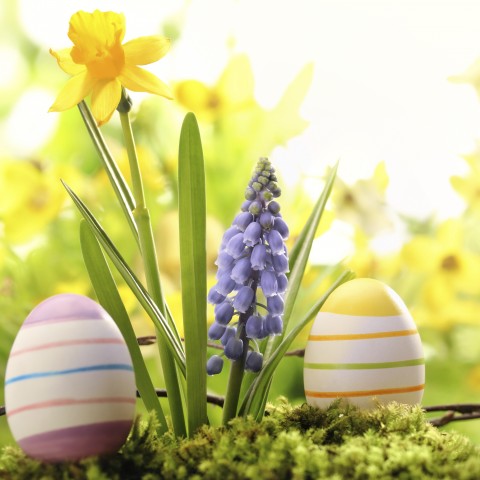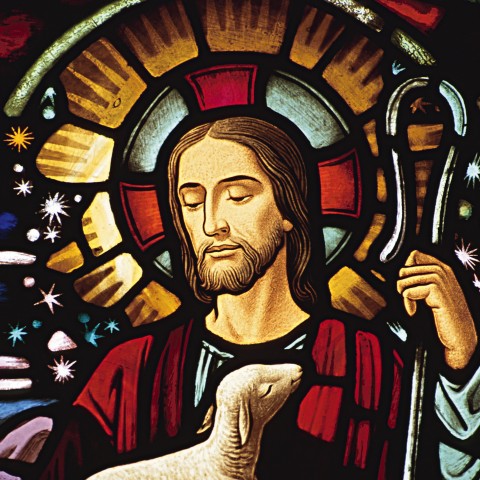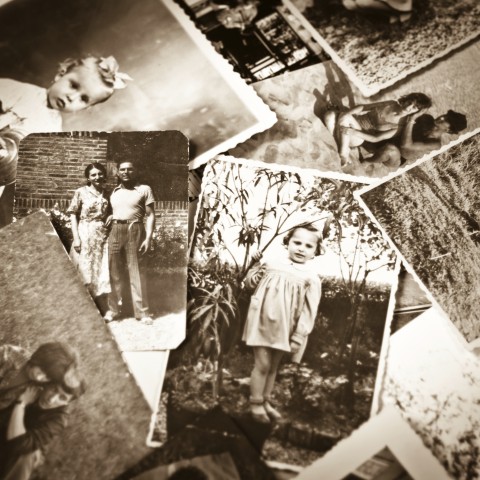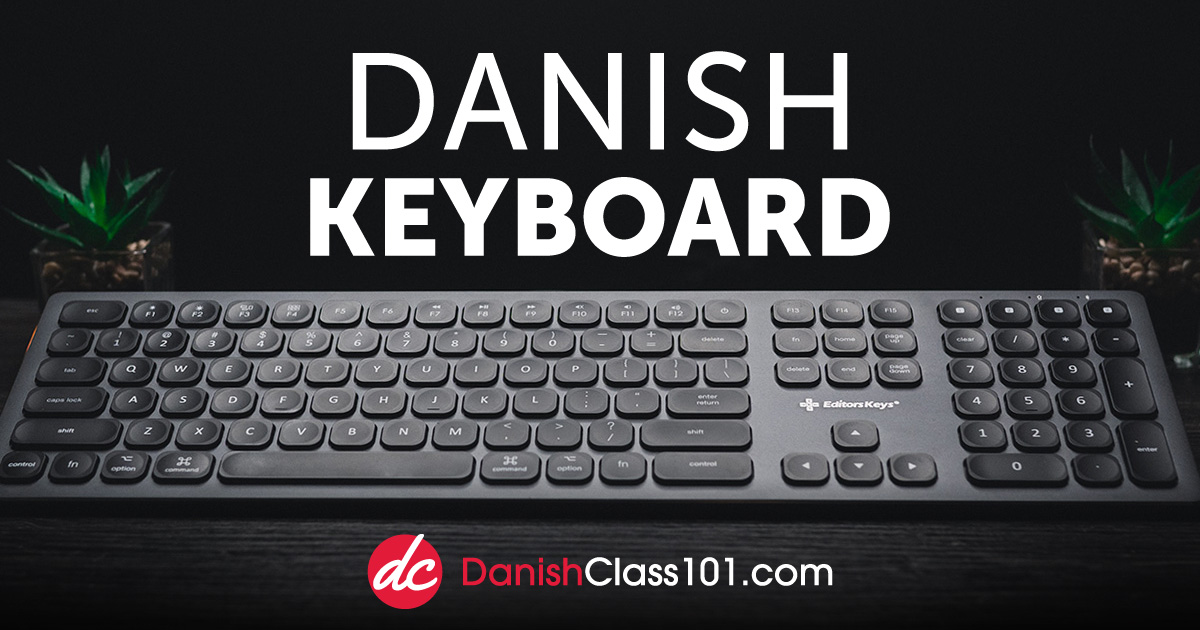For the Easter holiday, Denmark celebrates all week long. But the Monday after Easter (Easter Monday) is especially a time of celebration for the Danish.
Learn all about the Easter Monday traditions of the Danish, and get an answer to the question “Why do we celebrate Easter Monday?” with DanishClass101.com! We hope to make this learning experience fun and insightful for you. So let’s get started, and delve into Easter Monday’s meaning in Denmark.
1. What is Easter Monday in Denmark?
Is the Monday after Easter a holiday?
Well, Easter includes Palm Sunday, Holy Thursday, Good Friday, Easter Sunday, and Easter Day. Together they form the Easter break, where most people are off from work and school, and the stores are closed. Easter Monday is the main day of celebration for the Danish, and is celebrated with an Easter Monday lunch.
Easter in Denmark is celebrated religiously as the week leading up to Jesus’s crucifixion and the day of his resurrection.
2. When is it?
The date of Easter Monday varies from year to year, so for your convenience, here’s this holiday’s date for the next ten years.
- 2019: April 22
- 2020: April 13
- 2021: April 5
- 2022: April 18
- 2023: April 10
- 2024: April 1
- 2025: April 21
- 2026: April 6
- 2027: March 29
- 2028: April 17
3. How is it Celebrated?
How is Easter celebrated in Denmark? Read the Danish text below to find out (you can find the English translation directly below it).
—
I påsken holdes der mange påskefrokoster, hvor man spiser retter, der unægteligt ligner dem, man får til julefrokost. Der er fisk og smørrebrød, lune retter og til sidst ostebord. De lune retter må gerne indeholde lam, kylling eller æg. Hertil drikker man oftest påskebryg og så selvfølgelig snaps.
Påskens farve er gul og grøn, og pynten består af påskeæg, påskekyllinger, påskelam og påskeharer.
Alle fire symboliserer frugtbarhed, men i gamle dage kunne ægget også være et tegn på, at man var fri fra skyld eller gæld.
Derudover hører tulipaner, påskeliljer og vintergækker som forårsbebudere også påsken til. Og det er meget almindeligt at have grene med små skud. Nogle laver egen påskepynt ved at puste æg og derefter male de tomme skaller.
I Danmark er påskeæg oftest af chokolade og kan fås i forskellige størrelser eller formet som en påskehare. Men man kan også få påskeæg af pap, som så kan indeholde slik eller små chokoladeæg.
Dyrere påskeæg er med marcipan- og nougatfyld og er dækket af et tykt lag chokolade.
En sjov måde at få påskeæg på især for børn er ved at tage på æggejagt i haven, hvor påskeharen har gemt sine æg rundt omkring.
Til påske sendes der gækkebreve. Klip et mønster i et papir og skriv et digt og dit navn med prikker. Gætter modtageren afsenderen, skylder afsenderen et påskeæg. Hvis ikke, er det omvendt.
—
During Easter, many host Easter lunches, where food quite similar to the Christmas lunch is served. Examples include fish and open sandwiches, warm dishes, and a cheese tray. Warm dishes are often lamb, chicken, or eggs. With this the drinks served will typically be Easter brew and of course snaps.
The official color of Easter is yellow, and the decorations include Easter eggs, Easter chickens, Easter lamb, and Easter Bunnies.
All four represent fertility, but in the old days, the egg often meant that one was freed from guilt or debt.
In addition, tulips, daffodils, and snowdrops, which serve as universal symbols of spring, belong to Easter. And it is very common to see branches with small buds. Some people make Easter decorations by blowing out the contents of the egg and painting the shells.
In Denmark, you’ll find that most Easter eggs consist of chocolate and are available in various sizes, or shaped like an Easter Bunny. You can also get Easter eggs made of cardboard that contain candy or little chocolate eggs.
More expensive Easter eggs contain marzipan and nougat, and are covered by a thick layer of chocolate.
A fun way to get Easter eggs, especially for children, is to go hunting for them in the garden, where the Easter Bunny has hidden its eggs all over the place.
For Easter, people send each other gækkebreve. Cut a pattern in paper and write your name using dots; if the recipient can guess the sender, the sender owes an Easter egg. If not, the opposite is true.
4. Additional Information
Do you know the name of the day when the Easter brew is launched?
It’s called P-Day and is mostly celebrated by students. The “P” obviously stands for “Easter brew” (Påskebryg), as the “J” stands for “Christmas brew” (Julebryg). The launch of the Easter brew isn’t as heavily celebrated as the Christmas brew.
5. Must-know Vocab
Here’s some vocabulary you should know for Easter Monday in Denmark!
- Påske — “Easter”
- Påskedag — “Easter Sunday”
- Fejring — “Celebration”
- Anden Påskedag — “Easter Monday”
- Folkekirke — “Established church”
- Mindes — “Remember”
- Opstå — “Arise”
- Kristus — “Christ”
- Discipel — “Disciple”
- Helligdag — “Holiday”
- Opstandelse — “Resurrection”
- Minde — “Memory”
To hear each word pronounced, check out our Danish Easter Monday vocabulary list. Here, you’ll find each word accompanied by an audio of its pronunciation.
Conclusion
We hope you enjoyed learning about Denmark’s Easter Monday with us. What do you think about how the Danish celebrate Easter? Are celebrations similar in your country? Let us know in the comments!
To learn more about the culture of Denmark and the Danish language, visit us at DanishClass101.com. We offer an array of insightful blog posts, free vocabulary lists, and an online community to discuss lessons with fellow students. You can also create a Premium Plus account to take advantage of our MyTeacher program and learn Danish with your own personal Danish teacher!
Know that all of your hard work is going to pay off and make you a fluent Danish speaker—and we’ll be here for the entire way there! Best wishes, and happy Easter!













